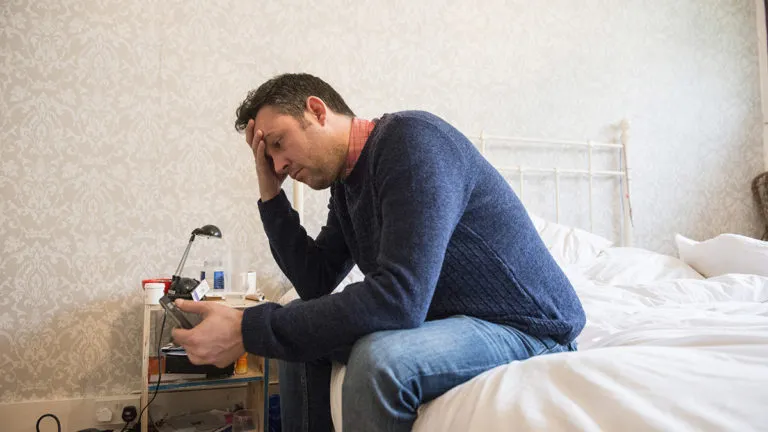Another year poorer: is Targeted Affordability Funding enough?
Published: by Steph Kleynhans

As we start a new financial year, the one million households claiming Housing Benefit in the private rental sector continue to see their Local Housing Allowance (LHA) frozen.
The government is fully aware that rates now fall short of increasing rents in the vast majority of the country. Every month, renters are left with a shortfall that puts them at risk of debt and homelessness. Nonetheless, the government has insisted on enforcing the freeze until April 2020, rather than bringing it to an end this year.
A welcome boost across the country
Despite this bleak picture, there is a bit of good news for some. Following our campaigning in 2017, the government pledged to increase Targeted Affordability Funding (TAF) to £125 million over two years, using more of the savings made from the freeze. This is projected to help 140,000 households hit hardest by the LHA rate freeze.
The bulk of this funding (£85 million) kicks in this year – but will this make a real difference to those households?
But is it enough?
TAF is limited in its ability to lift the LHA rates to appropriate levels in any area because it is capped at just 3%. This means that even those households who will see an increase in their LHA as a result of this year’s TAF will receive no more than a 3% increase to their Housing Benefit. For those hit hardest, where rents have outpaced the rates the most, this will be nowhere near enough to support them.
Government policy indicates that those on LHA should be able to afford the bottom third of properties in their area. This is what’s known as the 30th percentile. However, the combination of rising private rents (by 14% in England since April 2012) and the four year long LHA freeze has meant that LHA rates have fallen dangerously below the bottom third of rents.
At only 3%, TAF is not helping the rates enough to get people near the 30th percentile. Southern Greater Manchester, for example, would need a 13% increase to the current two bedroom LHA rate to enable people receiving these benefits to reach the 30th percentile. Sussex East would need a 21% increase on the two bedroom rate for people to reach the 30th percentile, while in Cambridge, they would need a 23% increase to the current two bedroom rate. In Central London the issue is even bigger, with the area needing a 63% uplift in rates in order for people receiving housing benefit to reach the 30th percentile for a two bedroom home.
In fact, even with TAF applied, in over nine out of 10 areas in England, a two bedroom property at the 30th percentile is unaffordable to those claiming LHA. This means that most families won’t receive enough money in housing benefit to cover their rent, so they’ll have to make up the shortfall through other means, often from subsistence benefits, which aren’t intended to cover rent, or by taking on debts.
Our services are already seeing this. They repeatedly tell us that people are struggling to find affordable accommodation in the private sector because LHA rates are so low – and this isn’t just a problem in London or the south east.
Those in Birmingham, for example, received a welcome TAF uplift on their one, two and three bedroom LHA rates. But even after this extra help, claimants paying the LHA rate for a one bedroom home will still find themselves £72.48 short per month compared to the cost of such a dwelling at the 30th percentile.
Even in a smaller city like Bournemouth, which received a TAF uplift on two and three bedroom LHA rates, the numbers don’t add up. Claimants actually looking for a three bedroom property here will still face a £95.08 per month shortfall. Central Greater Manchester received a TAF uplift across all their LHA rates, yet there is a gap between a two bedroom home at the 30th percentile and the LHA rate of £113.32 per month. How can this possibly be covered by other benefits?
Ending the freeze and raising rates
With the freeze set to continue for another year, the private rental market is increasingly unaffordable for struggling renters, including those who are working. In fact, a third of people claiming LHA to cover their rent are in paid work.
While TAF is a welcome boost for many households across the UK, the only real way to tackle homelessness in the UK is to lift the freeze and bring LHA rates back up to at least the 30th percentile of local rental markets. While we’re working extensively with other charities and organisations to ensure this happens, waiting until 2020 for this will already be too late for many struggling households. TAF just isn’t making enough of a difference to these people and urgent action needs to be taken now.